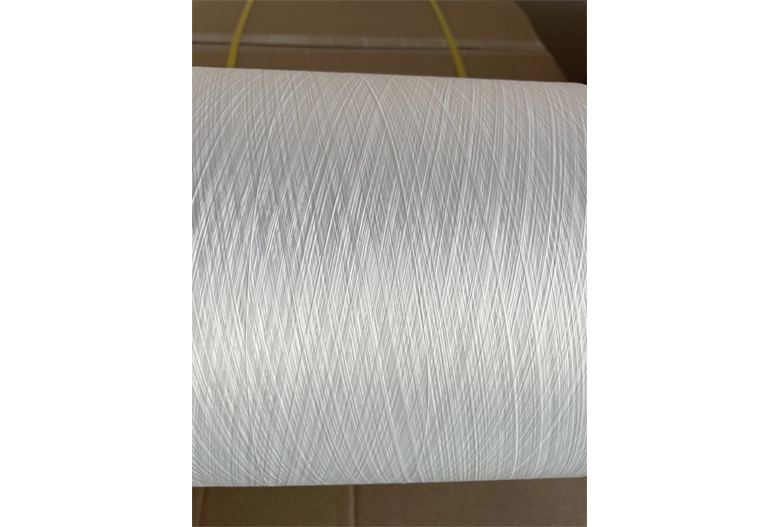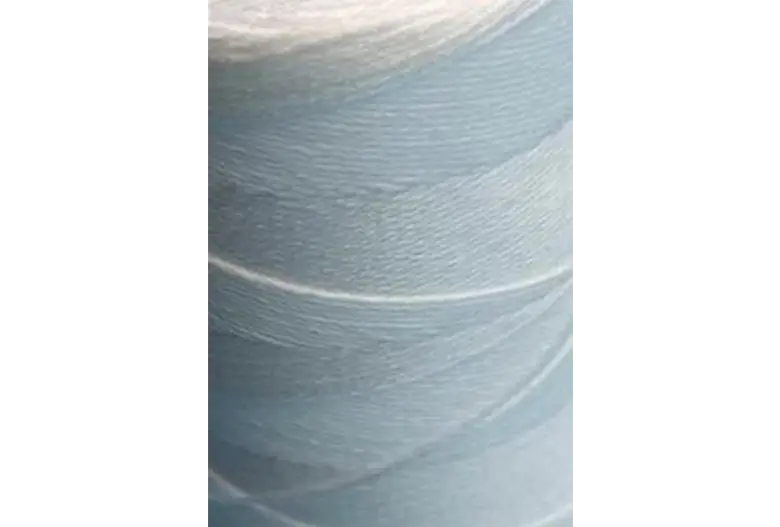Polylactic acid (PLA) is a biodegradable polymer material synthesized by polymerizing lactic acid, a small molecule produced through the microbial fermentation of biomass raw material. Our source for this biomass is sugarcane. After discarded, PLA material can completely decompose in nature into carbon dioxide and water, offering an eco-friendly alternative to synthetic fibers. In the human body, it also degrades entirely into carbon dioxide and water, with the intermediate degradation products being byproducts of glucose metabolism, which can be absorbed by the body.
Our PLA yarn and sewing thread are biocompatible, soft and skin-friendly, breathable, moisture-wicking, and antibacterial (including Staphylococcus aureus, Candida albicans, Klebsiella pneumoniae and Moraxella), all while being lightweight. Products made from the PLA yarn and sewing thread combine sustainability with performance and versatility, meeting the growing demand for environmentally friendly materials while ensuring high standards of functionality and quality.



PLA fiber is made from polylactic acid, which is a biodegradable and bioactive thermoplastic derived from renewable resources such as corn starch or sugarcane. The process of making PLA fiber involves several steps:
1. Extraction of raw materials: Corn, wheat, beet, potato are harvested and processed to extract the starch, which is then fermented to produce lactic acid.
2. Polymerization: The lactic acid undergoes a process called polymerization, where it is chemically reacted to form long chains of polylactic acid molecules.
3. Spinning: The polylactic acid is then melted and extruded through spinnerets to form long, continuous fibers. These PLA fibers can be further processed to create different types of PLA fibers, such as filament fibers.
4. Drawing and stretching: The polylactide fibers are drawn and stretched to align the polymer chains and improve the strength and durability of the PLA fiber.
5. Finishing: The PLA fibers may undergo additional finishing processes such as dyeing, coating, or texturizing to enhance their properties and make them suitable for specific applications.

Rongudu Thread, a professional thread manufacturer in China, is always at your service.

Email Us

Call us

Address
No. 81 Chaoyang North Road, Hai'an City, Jiangsu Province, China.